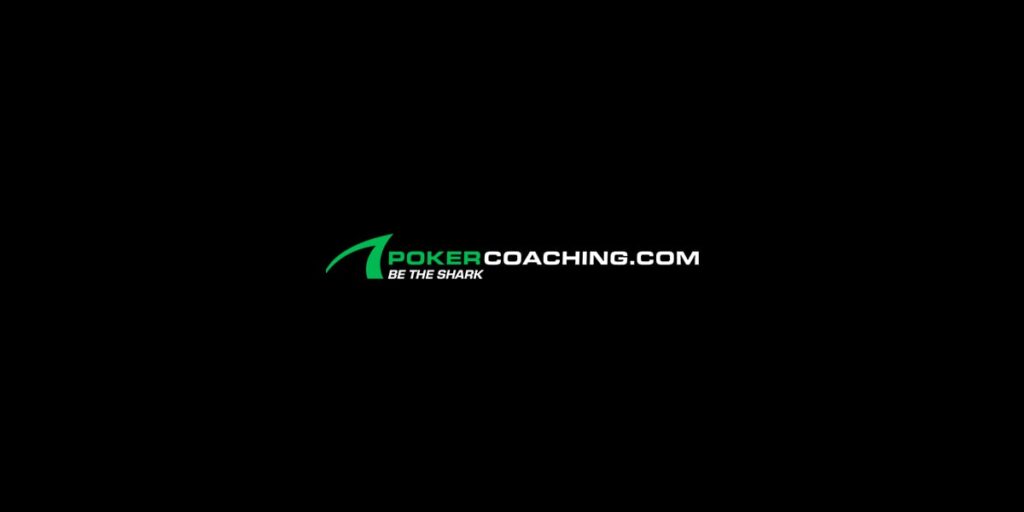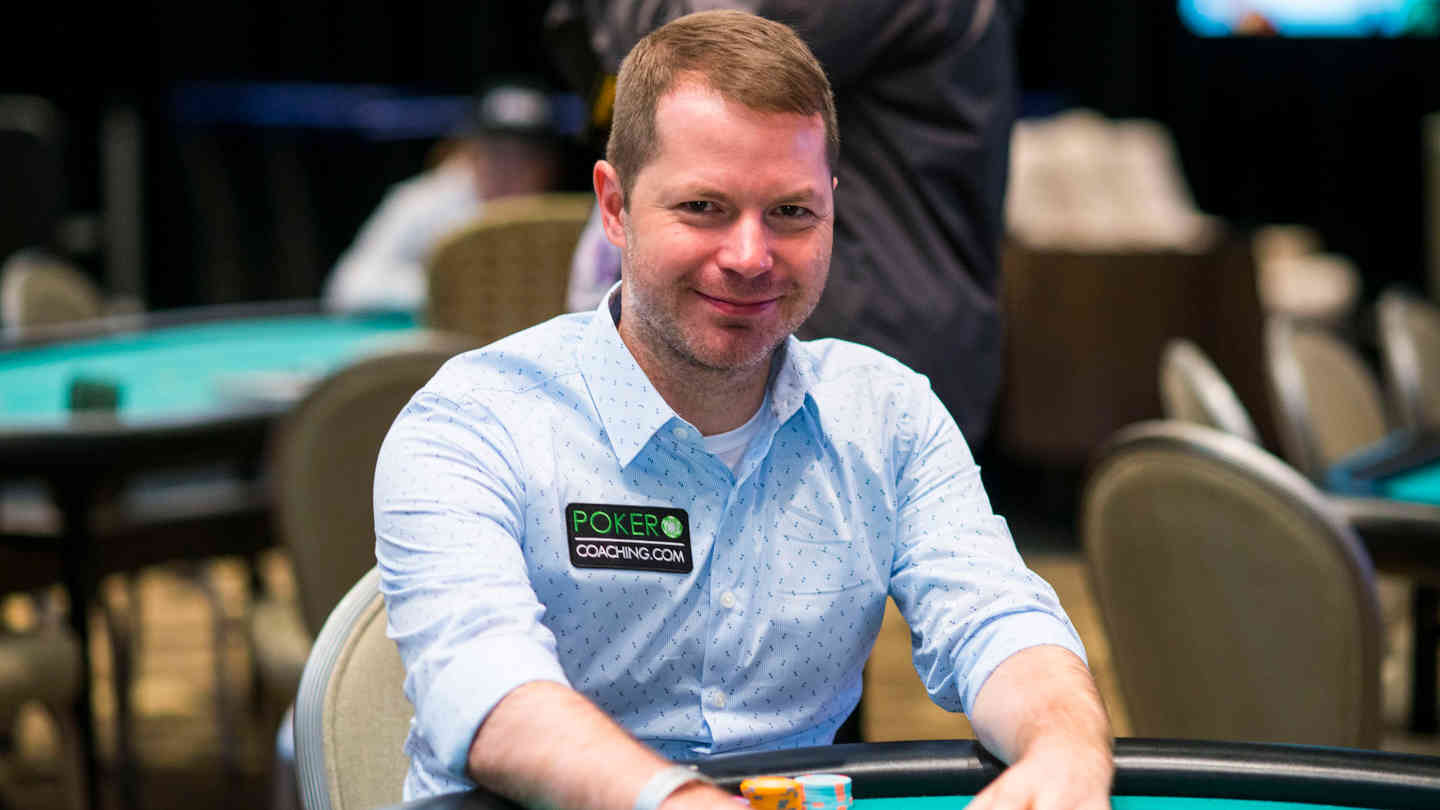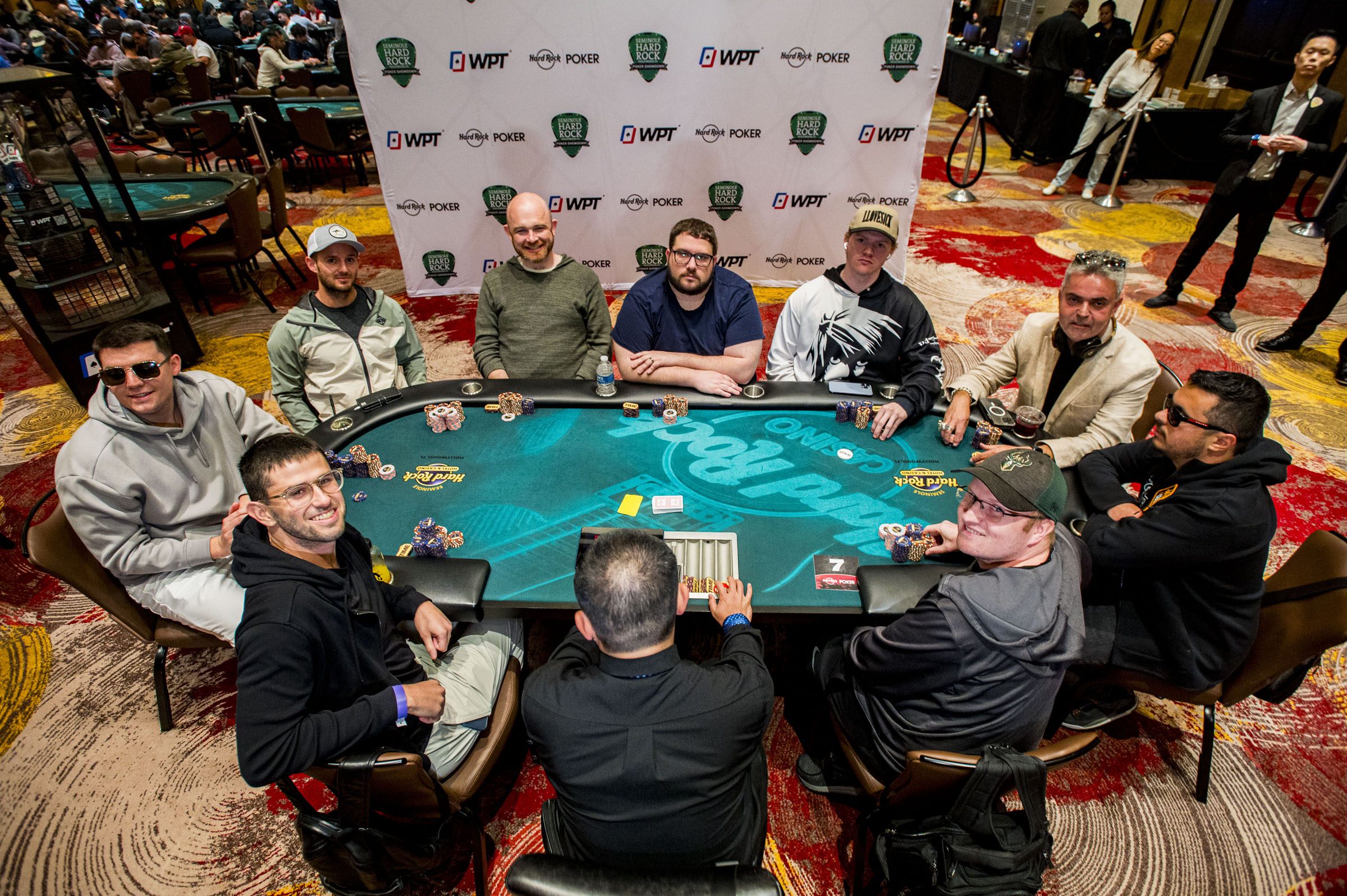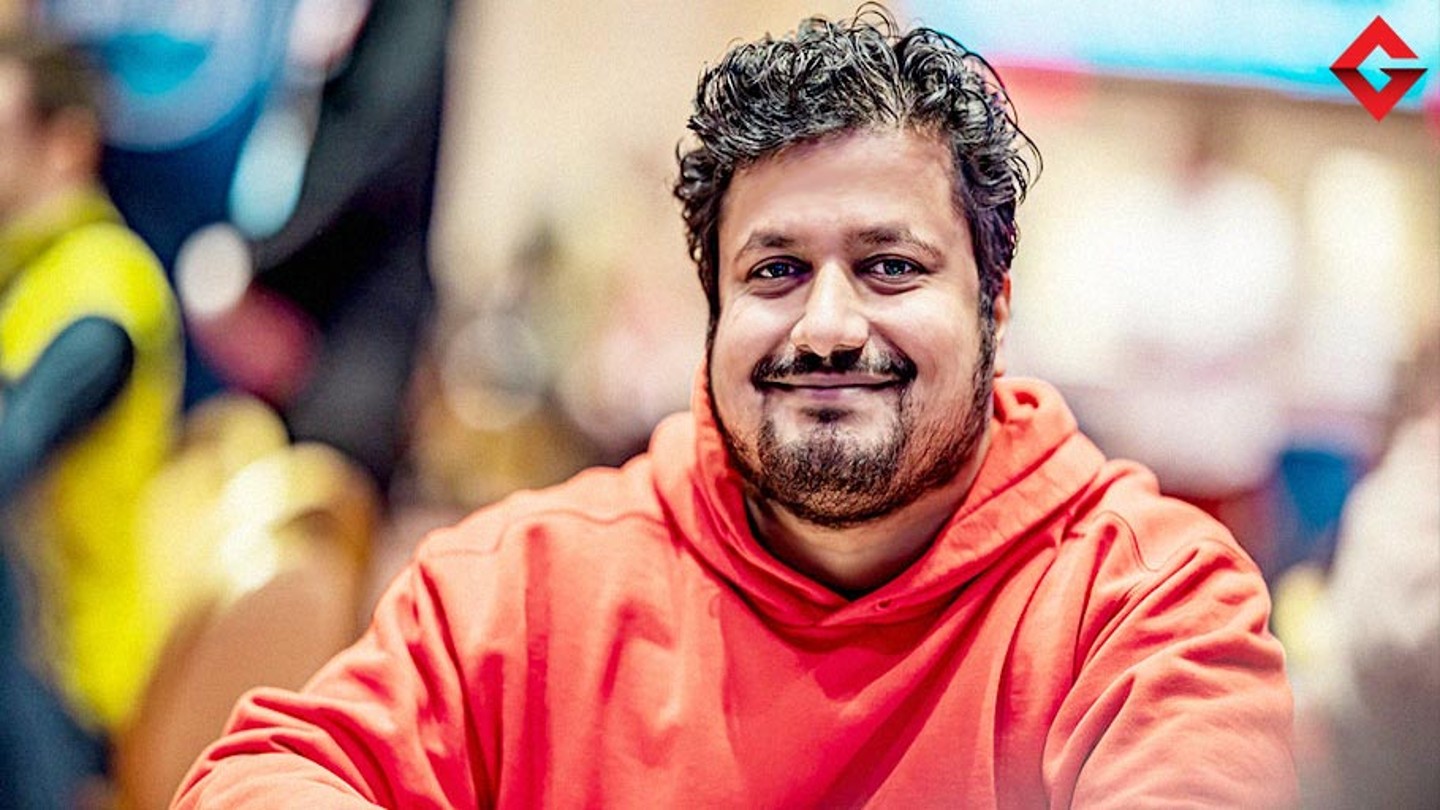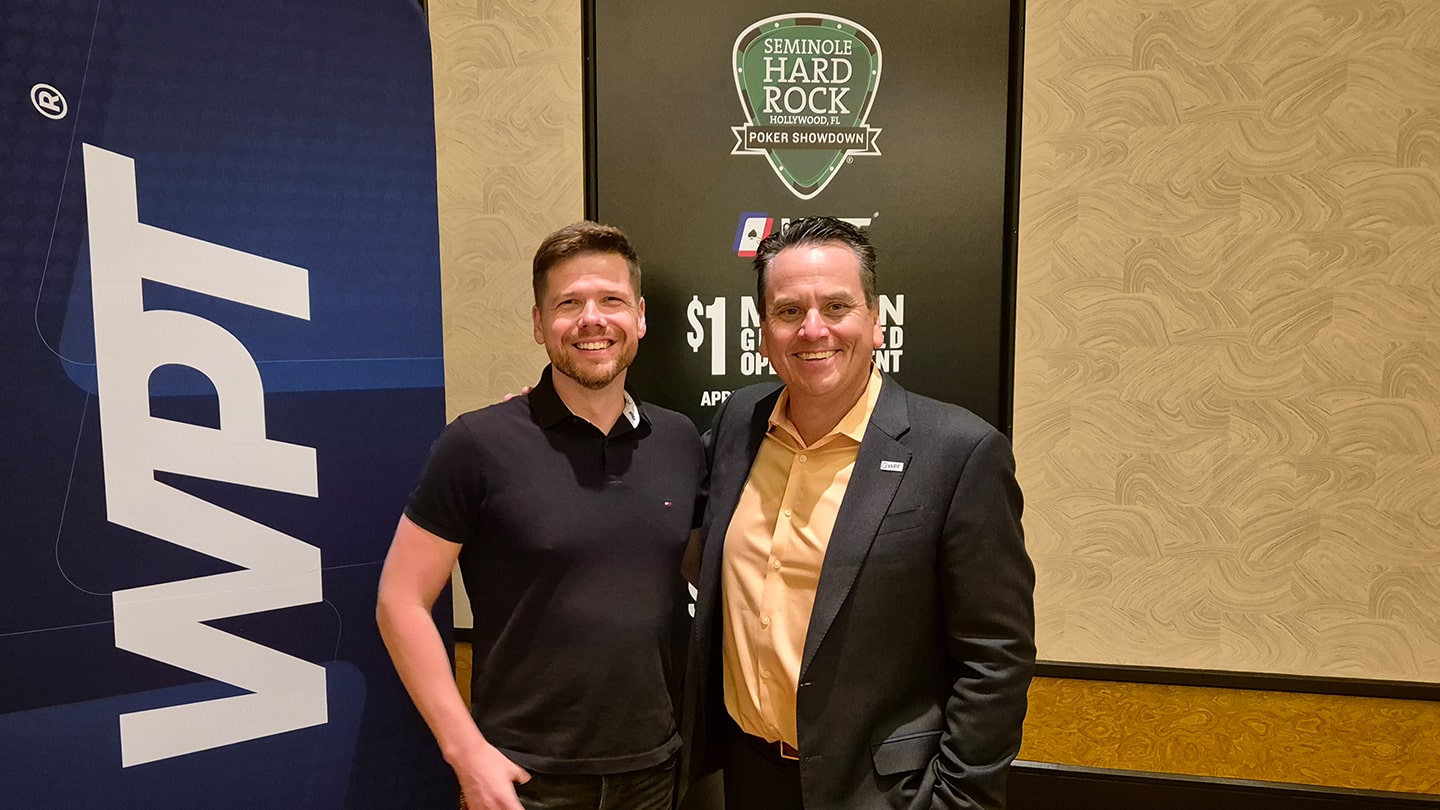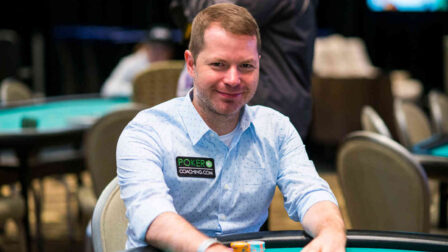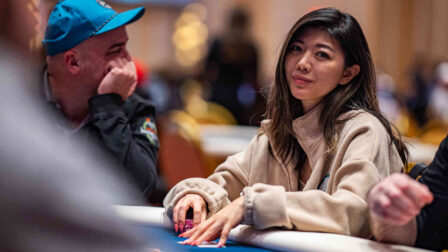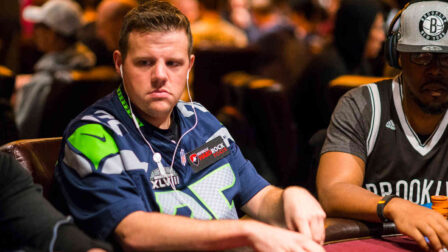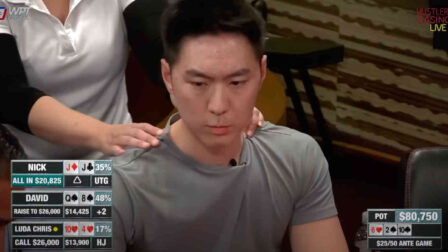Jonathan Little Hand of the Week: Playing a Big Stack on a Final Table
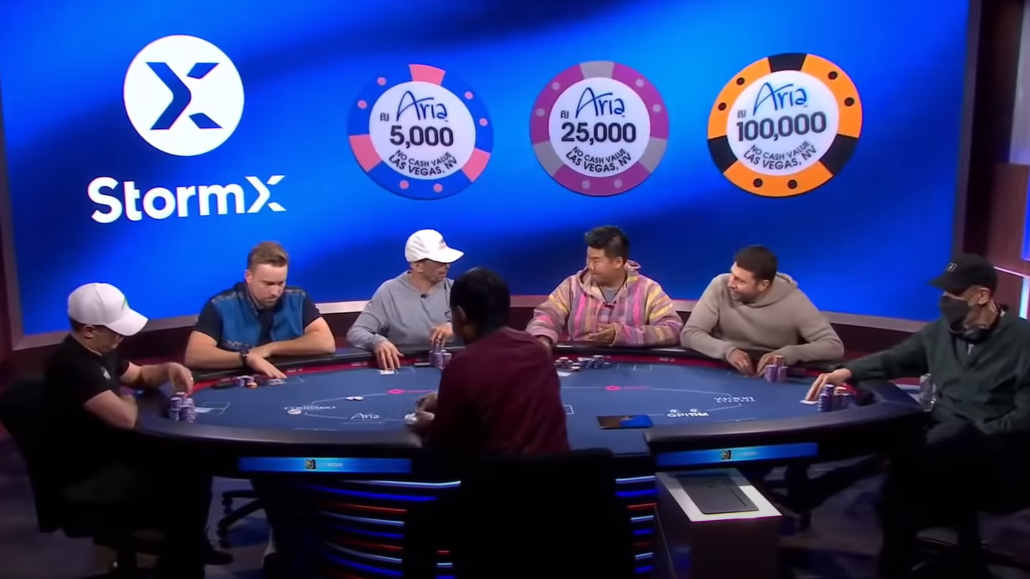
3 minutes
Last Updated: March 17, 2024
If you want to increase your edge at the tables, make sure to get your FREE 3-day pass and check Pokercoaching school.
…
This week, I’m going to analyze a hand of my own from a recent final table, explaining some of the intricacies of playing the big stack and the advantages that come from it.
There are six players remaining, and I have 4.2 million in chips. Jeremy Ausmus, who I go up against, is the second in chips with just over 1.9 million.
Blinds are at 30,000/60,000, and the action starts with Jeremy opening to 130,000 from the cutoff with 10♠10♦.
I’m on the button and look down at Q♣J♣. I have different options with this hand and the stack sizes being what they are.
I could definitely move all-in, forcing Jeremy to fold almost all of his hands as he doesn’t want to bust before other shorter stacks.
However, I decided to go with a different option and just call in position, which is perfectly reasonable with this hand.
It’s interesting that Shannon Shorr in the big blind folds K♣9♦ despite getting a great price and closing the action.
This can be a tricky hand to play postflop, and Shorr, with 1.4 million in his stack, is third in chips, and he doesn’t want to bust before the shorter stacks.
On top of that, it’s always possible I could eliminate Ausmus in this hand, which would be a great development for Shannon.
The Flop
The flop comes K♥8♣6♥, and with 410,000 chips in the middle, Ausmus decides to fire a continuation bet of 165,000.
I think that this king-high board is the one where Jeremy wants to check a lot. My range contains a lot of hands that connect well with this flop, and I’ll have a lot of hands with enough backdoor equity to call a small bet.
A check-call is probably better in this situation, although that can lead to some dicey scenarios, too.
Faced with a small bet, I have an easy call here. My hand has really good equity, so there is no reason to raise with it. If I had a substantially worse hand, I could consider raising.
The Turn
The dealer burns and turns 4♠, and the action begins with Jeremy. After a short deliberation, he checks his option, and the action is back on me.
I bet out for $350,000, just under half the pot. This is the spot where you need to bet frequently, and I’m using the size that will allow me to jam on the river if the turn bet gets called.
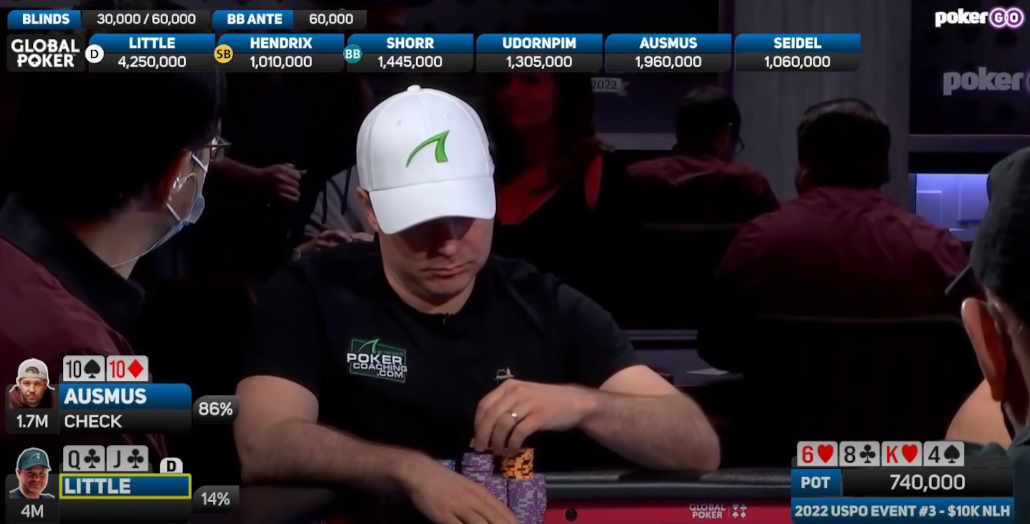
Perhaps my hand isn’t the best to bluff with in this scenario as I block some hands that might call the turn and then fold the river (like queens and jacks).
If Ausmus does call, this will set up a roughly pot-sized river shove, and this is a spot where I’ll be shoving a lot because of the ICM implications.
It doesn’t come to that, though, as Jeremy releases his hand on the turn, and I pick up a nice pot.
The question to think about is, what would you do on this turn, and would you even make it to the turn, or would you just fold to the flop bet?
Additionally, if you do bet the turn, would you follow it up with the bet on the river, too?
This is a common spot that comes up at final tables when you have a big stack. Thus, it’s important to understand these spots and learn how to best take advantage of them!



